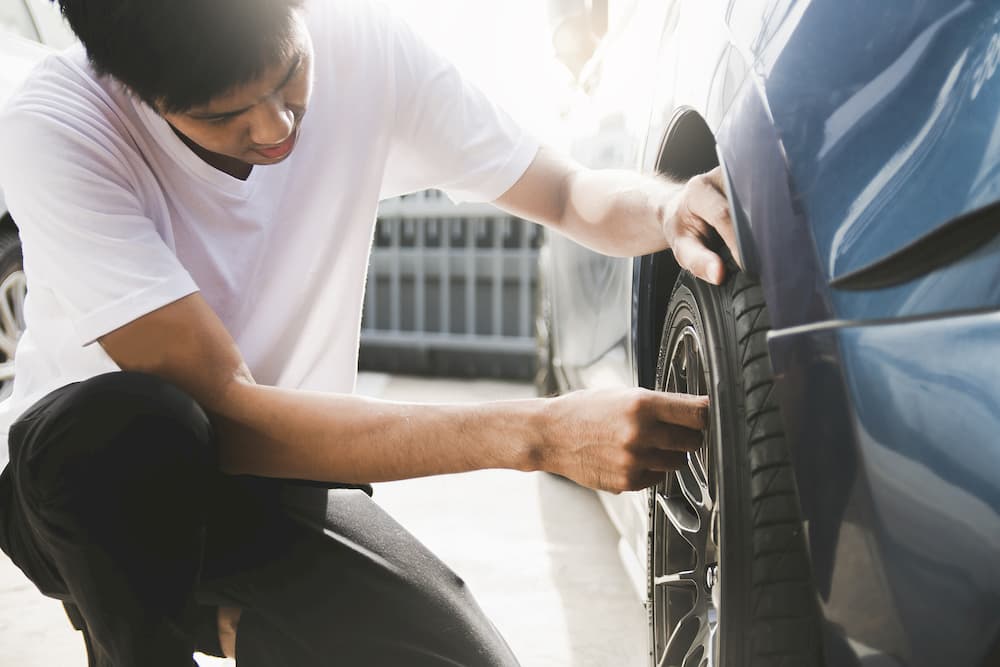What is the best tire size?
Tires are the most important component of any vehicle. They transform the power of the engine into propulsion, allow the brakes to do their job and determine the degree of success with which a car follows the correct path during cornering. On them depends the speed, the grip and, of course, the security. Simply put, they carry a large load on their shoulders. That is why we have decided to dedicate a post to help you choose the best tire size for your car.

Is there a better tire size?
Tire, cover, wheel ... There are several ways to call that thin strip of black and smelly rubber. As you probably already know, it is a special mixture of cables and rubber , modeled on a high engineering profile. Gradually, the manufacturers of tires and cars have begun to work together to carefully design always safer and innovative products, capable of providing grip and comfort while driving, reducing consumption, noise and wear over time.
In recent years we have witnessed a proliferation of ever larger tires . It is possible that, in your neighborhood, you have seen a mother take the kids to school in an SUV with 20-inch diameter tires. In 10 years, the market for large tires has literally exploded . In addition, ultra-low and disproportionate diameter models have gone from being a niche product for few tuning enthusiasts to becoming the first choice for most motorists. The passion for speed and the influence of television series and movies, has made millions of drivers, worldwide, begin to look for ways to constantly improve performanceof his car. But is it correct to talk about a better tire size for different cars?
Sometimes, when buying a new vehicle, sellers often offer an alternative to traditional and boring 15 or 16 inches, suggesting to mount the most aggressive 17, 18 or 19 inches. These extra-sized wheels can certainly improve performance, if you choose them correctly. Whether you want to captivate people's eyes when driving on the street or if you need something else for the performance of your engine, it's always a good idea to look for a compromise and not get carried away by instinct. Bigger tires are not always a better solution for your car. For more in-depth ideas yokohama geolandar a/t g015 review has a helpful information, check it out!

An inch, more than enough
There are two ways to increase the size of the contact surface of the tire : make it longer or wider.
For car designers, increasing the diameter is only possible within certain limits. Also in a large SUV it is possible to exaggerate, but in a normal car (especially if we talk about a compact tourism), if you increase the diameter or the section too much, it will end up with problems of space inside the frame , with reduced space for the engine and The cabin
Secondly, given that the radius of the tire is larger, the rotation frequency increases, modifying the transmission ratio and, therefore, effectively decreasing the maximum speed and lengthening the acceleration and recovery times.
The standard, among car manufacturers, is to grant an inch of 'tolerance'. For example, it is a good compromise to mount a 17-inch tire as an alternative to a 16-inch tire . In other words, the diameter of the tire increases, but the profile of the tire decreases (low profile). You will mount tires with a larger diameter, with a wider tread but a lower profile. The result? Surely this will result in better control over the vehicle.
This 'one inch trick' is surely an ideal solution when you are looking for the best tire size for your car and do not want to overdo it. Consumption, speed and performance will remain intact , with a substantial improvement especially at the aesthetic level
